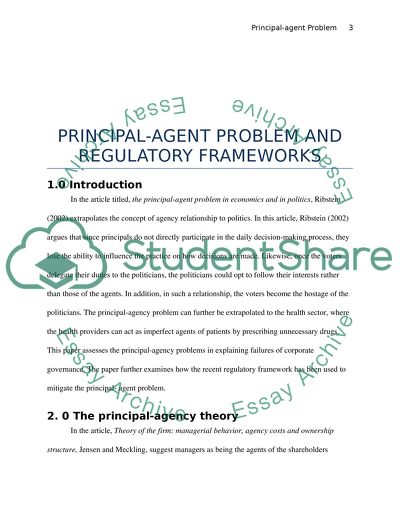Cite this document
(“Economics of Organisation Essay Example | Topics and Well Written Essays - 3750 words”, n.d.)
Retrieved de https://studentshare.org/macro-microeconomics/1490656-economics-of-organisation
Retrieved de https://studentshare.org/macro-microeconomics/1490656-economics-of-organisation
(Economics of Organisation Essay Example | Topics and Well Written Essays - 3750 Words)
https://studentshare.org/macro-microeconomics/1490656-economics-of-organisation.
https://studentshare.org/macro-microeconomics/1490656-economics-of-organisation.
“Economics of Organisation Essay Example | Topics and Well Written Essays - 3750 Words”, n.d. https://studentshare.org/macro-microeconomics/1490656-economics-of-organisation.


